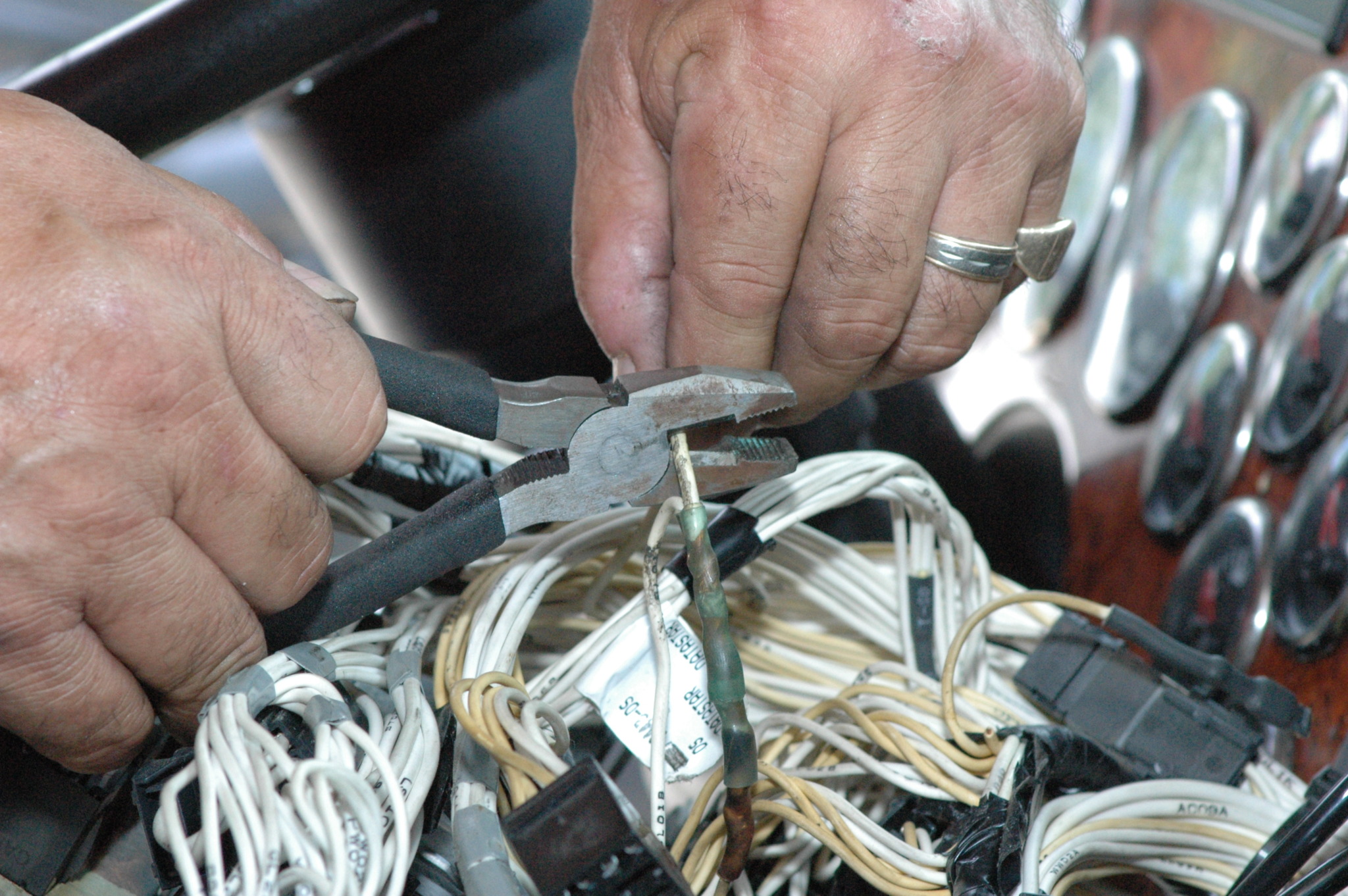Efficient electrical system troubleshooting for effective solutions.
Efficient electrical system troubleshooting for effective solutions.
Blog Article
Leading Tips for Effective Electrical System Troubleshooting
Fixing electrical systems needs a systematic technique, based in a comprehensive understanding of electric principles and safety procedures. The subtleties of reliable troubleshooting prolong beyond mere technical understanding; comprehending exactly how to document findings and prioritize safety and security can dramatically affect end results.
Understand the Basics
Comprehending the fundamentals of electric systems is necessary for efficient troubleshooting, as a strong foundation permits specialists to detect and solve problems more successfully. A comprehensive grasp of electrical concepts, such as voltage, existing, resistance, and power, is critical in identifying the root causes of issues. Voltage is the electrical possible distinction that drives existing via a circuit, while resistance opposes the circulation of current, impacting the overall performance of the system.
Knowledge with circuit components, including resistors, capacitors, diodes, and changes, is additionally vital. Each element plays a distinctive duty in circuit actions and can influence performance when malfunctioning. Furthermore, comprehending series and identical circuit configurations is vital, as these arrangements affect the circulation of voltage and current within the system.
Professionals need to be aware of potential risks, such as shock and brief circuits, to execute safe troubleshooting practices. By understanding these foundational concepts, specialists improve their capacity to conduct reliable diagnostics and repairs, ultimately leading to boosted efficiency and integrity of electric systems (electrical system troubleshooting).
Gather Necessary Equipment
Efficient troubleshooting of electrical systems calls for the right set of devices to identify and settle issues accurately. Crucial devices consist of a multimeter, which gauges voltage, existing, and resistance, permitting for specific analyses of electric parts.
Furthermore, shielded hand tools such as screwdrivers, pliers, and cord pole dancers are vital for securely controling electrical links. It is also recommended to have a circuit tester on hand to verify the existence of voltage in outlets and cables. For more facility systems, a thermal imaging electronic camera can aid find overheating elements, indicating prospective failures.

Follow a Systematic Technique
Having gathered the proper tools, the next action in repairing electric systems is to comply with a systematic method. A methodical strategy ensures that professionals can determine faults effectively and accurately, minimizing downtime and preventing unnecessary repair work.
Begin by examining the system's schematic diagrams and specs. This entails monitoring each component methodically, beginning from the recommended you read power resource and working towards the lots.
Make use of testing equipment, such as multimeters and oscilloscopes, to collect objective data about voltage, present, and resistance at various points within the system. This empirical proof will certainly guide your troubleshooting efforts and help to validate or get rid of potential root causes of failure.
Furthermore, think about ecological variables that might affect the system's performance, such as temperature level changes or moisture ingress. An extensive evaluation of circuitry, connections, and elements will certainly make certain that all possibilities are made up.
Document Your Searchings For
Comprehensive documentation is necessary in the repairing process of electrical systems. Precise documents improve the effectiveness of recognizing reoccuring concerns and facilitate communication among staff member. Each searching for needs to be diligently noted, consisting of signs and symptoms observed, tests carried out, and the end results of those examinations. electrical system troubleshooting. This practice not just aids in comprehending the origin of the trouble however additionally works as a recommendation for future fixing efforts.

Additionally, maintaining a log of components replaced or fixings done is vital. This information sustains inventory management and can help evaluate the durability and integrity of particular components.
Ultimately, the paperwork process need to be comprehensive yet concise, allowing very easy access and evaluation - electrical system troubleshooting. By prioritizing comprehensive documents, service technicians can produce a beneficial expertise base that not only aids in existing troubleshooting but also encourages future upkeep initiatives, thereby improving overall system dependability

Prioritize Precaution
Identifying the intrinsic risks linked with electrical systems is essential for ensuring safety during troubleshooting. Electrical shock, burns, and equipment browse around here damages are just a few of the potential hazards that specialists encounter. Prioritizing security steps is not only a legal obligation however additionally a moral critical that safeguards both the professional and the surrounding atmosphere.
Before beginning any troubleshooting job, technicians ought to wear proper personal safety equipment (PPE), including insulated gloves, safety and security glasses, and flame-resistant garments. Guaranteeing that the workspace is dry and devoid of mess can dramatically minimize the risk of accidents. It is necessary to de-energize circuits prior to beginning any job, verifying that they are not live via the use of a multimeter or voltage tester.
Developing clear communication procedures with staff member is also important; this ensures that everybody is conscious of prospective risks and the standing of the electric system being serviced. Last but not least, having an emergency reaction strategy in position can verify indispensable in the event of an event. By prioritizing precaution, technicians can effectively minimize dangers and foster a safer office.
Final Thought
Reliable electrical system troubleshooting depends on a detailed understanding of fundamental concepts and here are the findings a methodical strategy. By collecting important devices, sticking to systematic assessment strategies, and thoroughly recording findings, the fixing procedure ends up being more reliable and trustworthy. Prioritizing precaution guarantees the health of individuals entailed and the integrity of the electric system. Executing these methods will improve the troubleshooting experience, causing quicker resolutions and improved operational performance in electrical systems.
Report this page